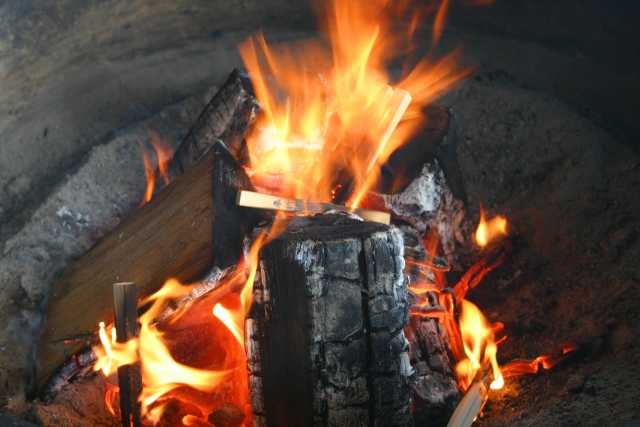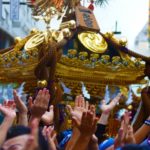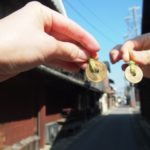Gomakasu (ごまかす – Covering up) Part 2
Gomakasu Part 2
ごまかす Part 2
Yesterday, I introduced the term gomakasu (ごまかす), which means to cover up something or tell a lie, and showed you one of two major theories about its etymology.
昨日は “cover up something/tell a lie” を意味する「ごまかす」という言葉と、語源に関する二つの説の内一つを紹介しました。
Another theory says that it comes from gomagyō (護摩行), which is a training of Shingon-shū (真言宗 – “Shingon Buddhism”).
もう一つの説は、真言宗の修行「護摩行」から来ているというものです。
Goma (護摩) is a kind of rituals that burns offerings or wood, and gyō (行) means “training.”
「護摩」は供物や護摩木を燃やす儀式で、「行」は修行を意味します。
After doing gomagyō, ashes remain.
護摩行の後には、灰が残ります。
It is said that some people sold these ashes (or just other ashes) as ashes of gomagyō performed by Kōbō-Daishi (弘法大師) who founded Shingon-shū.
この灰(もしくはただの灰)を、真言宗の開祖である弘法大師が護摩行を行った際の灰だと偽り売る詐欺があったそうです。
Because of this, such an act of deceiving someone came to be called gomakasu, by adding the prefix kasu (かす).
そこから、そのような人を欺く行為を「護摩」に接尾文字「かす」をつけて「ごまかす」とい言うようになったというわけです。




